Categories
Recent Posts
Archives
- April 2024
- March 2024
- February 2024
- January 2024
- December 2023
- November 2023
- October 2023
- September 2023
- August 2023
- July 2023
- June 2023
- May 2023
- April 2023
- March 2023
- February 2023
- January 2023
- December 2022
- November 2022
- October 2022
- September 2022
- August 2022
- July 2022
- June 2022
- May 2022
- April 2022
- March 2022
- February 2022
- January 2022
- December 2021
- November 2021
- October 2021
- September 2021
- August 2021
- July 2021
- June 2021
- May 2021
- April 2021
- March 2021
- February 2021
- January 2021
- December 2020
- November 2020
- October 2020
- September 2020
- August 2020
- July 2020
- June 2020
- May 2020
- April 2020
- March 2020
- February 2020
- January 2020
- December 2019
- November 2019
- October 2019
- September 2019
- August 2019
- July 2019
- June 2019
- May 2019
- April 2019
- March 2019
- February 2019
- January 2019
- December 2018
- November 2018
- October 2018
- September 2018
- August 2018
- July 2018
- June 2018
- May 2018
- April 2018
- March 2018
- February 2018
- January 2018
- December 2017
- November 2017
- October 2017
- September 2017
- August 2017
- July 2017
- June 2017
- May 2017
- April 2017
- March 2017
- February 2017
- January 2017
- December 2016
- November 2016
- October 2016
- September 2016
- August 2016
- July 2016
- June 2016
Featured
Most Commented Posts
 4 Anglophone detainees killed in Yaounde
4 Anglophone detainees killed in Yaounde
19 comments Chantal Biya says she will return to Cameroon if General Ivo Yenwo, Martin Belinga Eboutou and Ferdinand Ngoh Ngoh are sacked
Chantal Biya says she will return to Cameroon if General Ivo Yenwo, Martin Belinga Eboutou and Ferdinand Ngoh Ngoh are sacked
13 comments Anglophone Nationalism: Barrister Eyambe says “hidden plans are at work”
Anglophone Nationalism: Barrister Eyambe says “hidden plans are at work”
12 comments The Anglophone Problem – When Facts don’t Lie
The Anglophone Problem – When Facts don’t Lie
12 comments Largest wave of arrest by BIR in Bamenda
Largest wave of arrest by BIR in Bamenda
10 comments
Latest Tweets
Featured
-

Kenya: Helicopter crash kills defense chief and nine senior officers
-
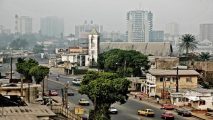
4th Cameroon Investment Forum opens in Douala
-

Cameroon doctors flee to Europe, North America for lucrative jobs
-

Dortmund sink Atletico to reach Champions League semi-finals
-

US: Trump media group plans TV streaming platform
-
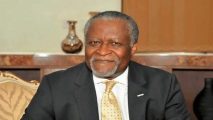
Cameroon is broken: Who can fix it?
-
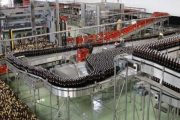
Cameroonian beer and soft drinks exports soar by 73% and 46.6% in 2022
© Cameroon Concord News 2024
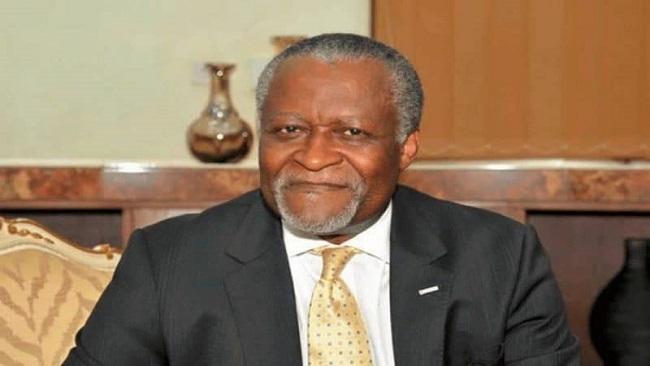
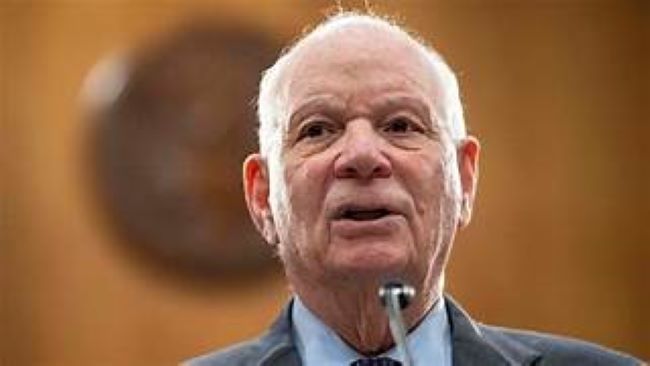
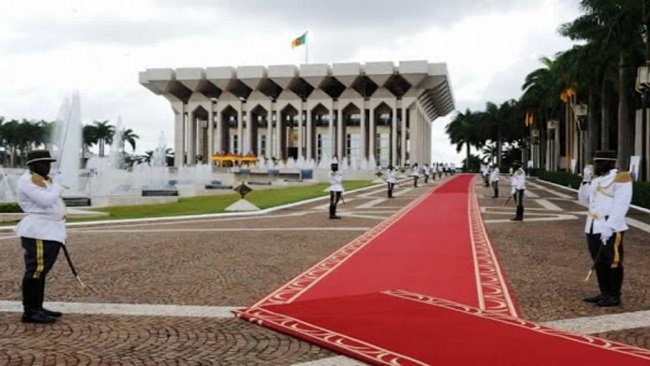

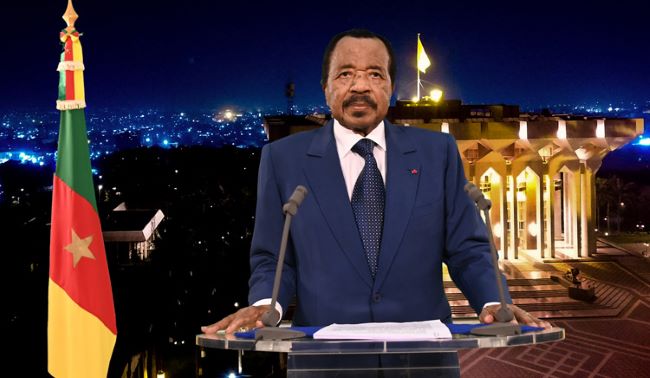
13, January 2020
Mvomeka’a Palace: Biya’s final hideout 0
French Cameroun dictator Paul Biya is spending more and more secluded time in his palace in Mvomeka’a, his native village in the south of the country. The 86 year old thug calls it his haven of peace, from which locals are kept away. The Mvomeka’s palace has become one of the centers of power and the object of all fantasies in French Cameroun.
To get to the palace, one has to drive through a wide road in the heart of the French Cameroun rainforest. It is a neat floor marking road with perfect layout, potholes non-existent: it looks great. Some political commentators have opined that the road which does not bring anything into the French Cameroun economy remains the first major achievement of President Paul Biya shortly after he came to power in 1982. The road simply links Yaoundé, the capital via Sangmélima, one of the cities of his childhood, and Mvomeka’a, his native village.
For a majority of French Cameroonians – who have never set foot there – Mvomeka’a is a privileged settlement. Among locals, this palace, which they are kept away from, sometimes generates frustration.
Biya feels better in Mvomeka’a. He goes there several times a year. With age telling on him, the average length of his numerous stay has gradually lengthened: whereas he spent only a few days each time a few years ago, he now stays there for several weeks in a row, or even more than a month.
At the entrance to the village, a checkpoint blocks the road. One of three soldiers on guard has the responsibility of checking identification papers of those going into the village. Everyone in the area from 5-year-old kids to 75-year-olds, everyone there is involved in intelligence gathering all in a bid to protect Biya and his family.
A member of the presidential guard recently told Biya that he was on the brink because Ambazonia Restoration Forces have promised to attack him. In Mvomeka’a, the threat is taken very seriously, even when he (Biya) is away.
The dictator who governs the nation like a tribal chief usually travels to Mvomeka’a by road, escorted by two helicopters. It was at Mvomeka’a that he built his first residence, an unpretentious white villa, after his studies in France in the 1960s.
When he became Prime Minister, he built a second villa with support from his late wife, Jeanne-Irene, who died in 1992. The current palace was the idea of the late wife who pushed Biya to buy neighboring lands in order to install his relatives and extend his private presidential site.
Inside the Mvomeka’a palace there are apartments for his aide-de-camp, the director of the civil cabinet, the chief of protocol and his butler. There are also family villas, including those of his late sister and mother, which now look like abandoned property. Today, Mvomeka’a belongs almost exclusively to Biya and his family. But no one other than Biya and his wife Chantal lives in the grounds of Mvomeka’a palace shrouded in mystery.
Perched on the hilly side of the village, the Mvomeka’a palace evokes a romantic oasis for the frail president with an insatiable love for classical music. An endless green grid lined with a gigantic screen of conifers hides the palace from prying eyes. From the top of the palace watchtower, sentry guns in hand are watching for the slightest suspicious gesture. No one is allowed to hang around. From a distance, the most daring can glimpse the family cemetery, where the former first lady, the president’s mother and brother, as well as her stepmother were buried.
Doctors, counselors and general secretaries are regularly summoned to Mvomeka’a with files under their arms to meet Biya in his village where he consults and holds crisis meetings. According to one of Biya’s relatives, these retreats allow Biya to concentrate, away from the harassment of courtiers and other seekers of favors. The Mvomeka’a palace has 260 employees.
By Asu Isong with files from Jeune Afrique